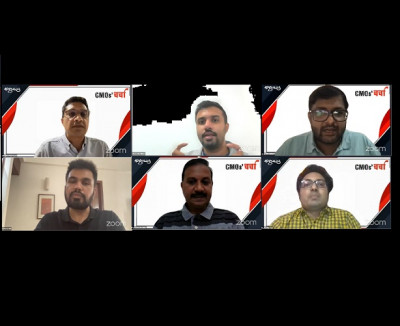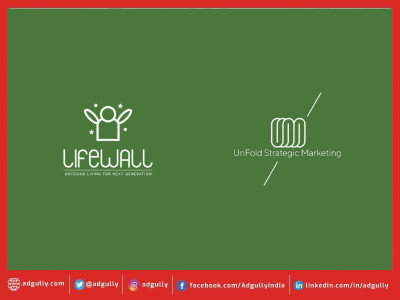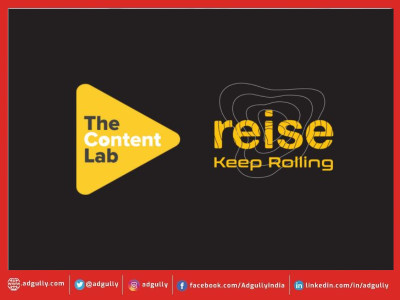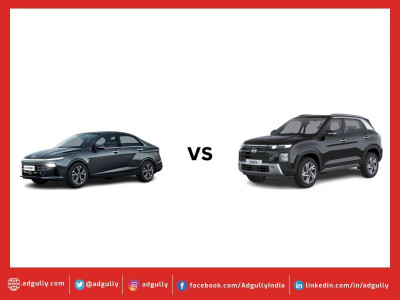Marketing industry has gained maximum share of revenues from Tier 2 & 3 towns: Experts
“Every CEO must think like a CMO, Every CMO must think like a CEO” – Anonymous
The role of the Chief Marketing Officer (CMO) has been expanded in the new normal – while the core role continues to be growing the business. The stress is also on setting long term vision and strategy in an evolving market ecosystem, especially amid the pandemic. CMOs today have changed gears and have started focusing on innovation, technology and growth. Growth in Tier 2 and 3 towns, embracing technology for better insights and market data, telling effective stories and the emergence of influencer marketing are some of the new priorities for the CMOs in the changing market scenario and consumer behaviour. With these shifting priorities, today it is more crucial that CMOs manage new customer expectations, adapt to a new world and make brands more relevant to their audiences.
To get a better perspective on how brands are planning to reboot and grow after a severely disrupted 2020, Adgully brought together some of the best marketing minds from the industry to share their insights at CMOs’ CHARCHA, which was held on October 28, 2021. The theme for the inaugural edition of the event was ‘Taking forward the growth momentum’.
The first panel discussion of the day dwelled on ‘Catering to an Internet-empowered TG in Tier 2 & 3 markets’ and was moderated by Indrajeet Mookherjee, Managing Partner, dentsuMB. The panellists included some leading industry leaders:
Arjun Choudhary, Chief Business Officer and Founding Member, MFine
Krishnarao Buddha, Senior Category Head-Marketing, Parle Products
Rajeshwar Rao, VP Digital Marketing, Clovia
Samir Sethi, VP & Head of Brand Marketing, PolicyBazaar.com
Sharat Krishnan, Head of Marketing, Melorra
Commencing the discussions, Indrajeet Mookherjee asked, “At this time, when the pandemic has actually accelerated the growth and have opened up new markets, especially in Tier 2 & Tier 3 towns, largely because of the advent of smartphones and data cost coming down, how are you as marketers looking at this in terms of opportunities?
Melorra’s Sharat Krishnan responded by saying, “While PI’s for marking gold jewellery has been made mandatory, it is still in a state of flux because it is mandatory only for 250-260 districts out of the 700+ districts across India. The smaller towns do not have access to these hallmark jewelleries. So, as a marketer we are trying to bring this particular message out and delivering hallmarked jewellery to the Tier 2 and 3 towns.”
Krishnan went on to speak about Melorra’s recent campaign which was completely focused on Tier 2 & 3 towns, given the fact that the share of revenue from these towns has been growing substantially compared to the top tier markets over the last one and a half years.
mFine’s Arjun Choudhary noted, “Healthcare fundamentally is an aspirational category. Anyone who has a healthcare issue looks for getting the best medical care. Everyone is always pushing the needle more in healthcare in comparison to any day-to-day purchases or even luxury purchases. Due to the Internet boom, accessibility to the specialists, top doctors, and hospitals have suddenly changed. The top 20-25 cities are the healthcare hubs of the country. Platforms like mFine have brought all the top specialists online. Today, we are working with the top doctors from Columbia, Manipal, Fortis and many more. In 80% of the cases, one doesn’t need to interact with the doctor and we give that opportunity to complete the first stage through online accessibility. The Internet has really changed the game here and it has opened up the market.”
According to PolicyBazaar.com’s Samir Sethi, in terms of requirements of the people, triggers to purchase, and understanding of the product, small town India is going to behave and grow in a very similar way like the bigger cities, which marks a kind of evolution of understanding, internet accessibility and now the comfort of online payments. “UPI is contributing in a big way to change this behaviour from cash on delivery to online payment and it has led to higher level of comfort for people to purchase the product online in the smaller towns in India as well.”
Parle Products’ Krishnarao Buddha remarked, “The pandemic has definitely played a very crucial role in enabling far higher digital adoption among the younger audiences. In the past 12-18 months, the need for devices per household – be it the smallest screens, tabloids or desktops – has grown. Online education has propelled that further. The younger generation is far more receptive to the new changes in the technology, but at the same time the other household members have also familiarised themselves with this new technology or the technological revolution. From a consumer perspective, it has removed the barriers to easily adopt digital and people have become far more receptive to ordering products online. As a marketer, it is a great opportunity.”
Clovia’s Rajeshwar Rao added here, “The growth in Tier 2 & 3 cities is supported by multiple factors. When it comes to our category, Clovia offers a very fast and prime experience in the premium brand shopping for consumers and secondary purchasing of products by new consumers. The pandemic disruption has accelerated the shift to online buying and people have become more quality conscious.”
These are edited excerpts from the panel discussion. For the complete conversation watch below:
















Share
Facebook
YouTube
Tweet
Twitter
LinkedIn